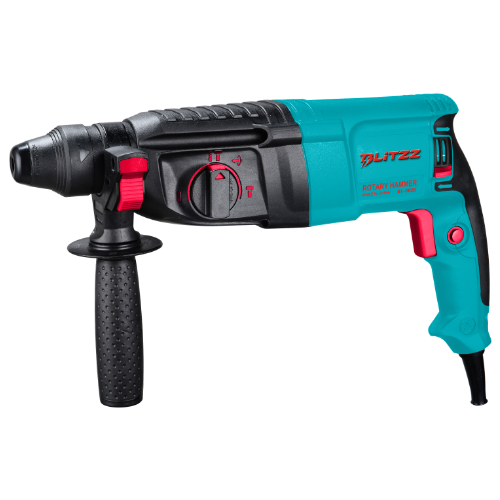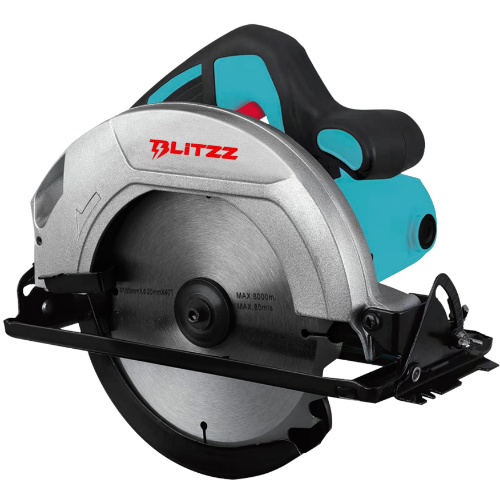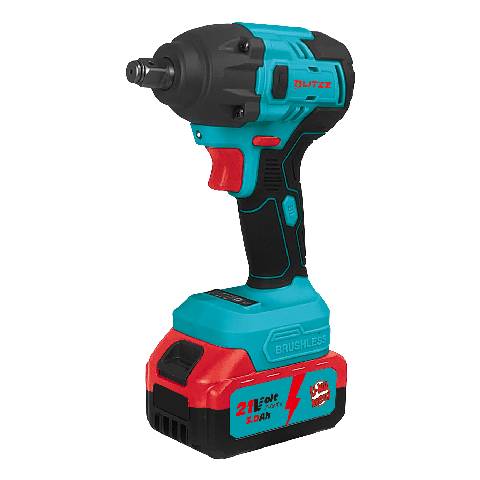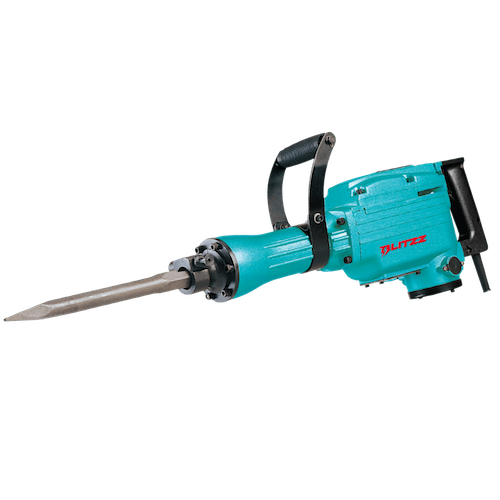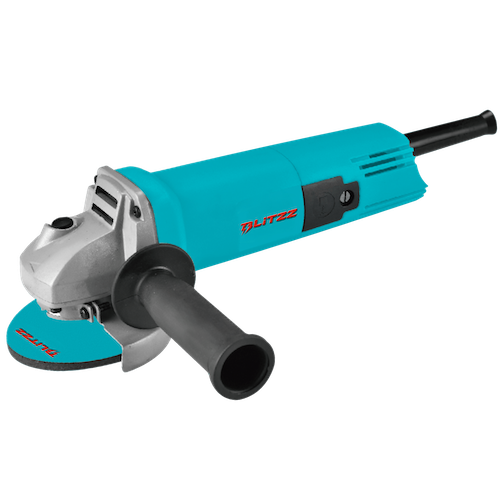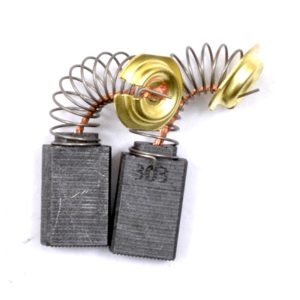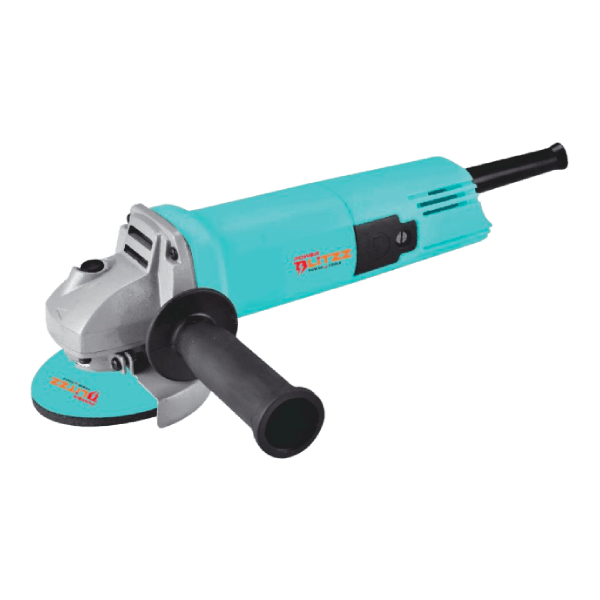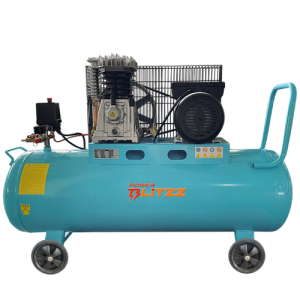In a region like the UAE, where construction and development are booming industries, having the right tools is absolutely essential. When it comes to heavy-duty tasks that require drilling, chipping, or demolishing tough materials, there’s one powerhouse tool that should be in every contractor’s arsenal: the rotary hammer.
This tool is designed to make light work on even the most stubborn surfaces. But what exactly is a rotary hammer, you ask? And why is it such a game-changer for construction projects? Let’s break it down.
What Exactly Is a Rotary Hammer?
At its core, a rotary hammer (also called a rotary drill or hammer drill) is a specialized power tool that combines two motions: rotating like a standard drill, while simultaneously delivering a powerful hammering action. This one-two punch allows it to effortlessly bore through and chip away at the densest materials that would leave regular drills struggling.
It’s like having a miniature jackhammer that spins as it pounds – making easy work of concrete, stone, masonry, and more. No surface is too tough for this mighty tool to handle.
Key Features and Capabilities of a Rotary Hammer
But the rotary hammer is more than just brute force. It’s a highly engineered piece of equipment with features that provide superior control, versatility, and user comfort:
- Adjustable speed and impact rate to optimize performance
- Ergonomic design that reduces fatigue during extended use
- Dust collection systems for a cleaner work environment
- Compatibility with a wide range of specialized bits and chisels
With a rotary hammer in your hands, you have one ultra-portable solution for countless drilling, chiseling, and demolition tasks.
When to Call in the Big Guns
Given its heavy-hitting capabilities, a rotary hammer is an ideal choice for tackling all sorts of demanding construction and renovation projects across the UAE, such as:
- Concrete drilling for anchors, plumbing, electrical, etc.
- Masonry work like bricklaying, tile removal, and more
- Demolishing walls, breaking up tiles or stubborn surfaces
- Outdoor hardscaping jobs like pavement removal
- General construction that requires drilling into concrete
Essentially, anytime you need to bore holes, create channels, or chip away at ultra-dense materials, calling in a rotary hammer is the most efficient way to power through and get the job done right.
Finding the Right Rotary Hammer
Power output, weight, and intended applications can vary across different models. That’s why it’s crucial to assess your typical workload and choose a rotary hammer that fits your specific needs and budget.
Safety should also be a top priority. Follow all manufacturer guidelines, invest in proper protective gear, and ensure you or your crew has adequate training before firing up this beast of a tool.
Here in the UAE, most hardware stores and tool suppliers carry a wide selection of trusted rotary hammer brands like Blitzz, Bosch, Hilti, and more. So no matter what kind of concrete jungles you’re building, you can easily get your hands on the heavy-hitting power you need.
At the end of the day, a rotary hammer is an absolute must-have for any construction pro’s toolkit. With its unmatched punching power and precision, it’ll help you bore through the toughest jobs quickly and efficiently – transforming concrete, stone, and brick from impenetrable barriers to bland canvases for your work. Invest in a quality rotary hammer and watch as the most demanding projects become a whole lot easier to drill, chip and demolish.
